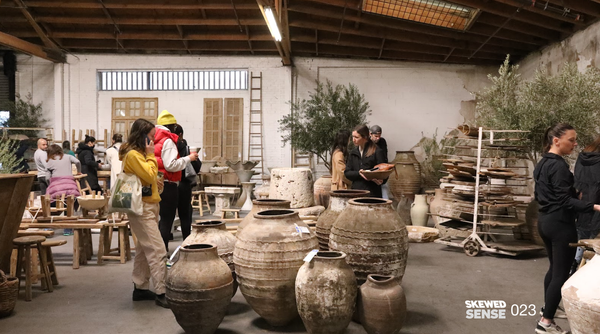019: Centres of Gravity. The Renewed Pull of Second-Tier Cities

If you were to try and nail a succinct version of the modern hero/heroine’s story, it would probably go a little like this:
Eager to pursue their dreams of fame and fortune, a young, ambitious and probably slightly foolish individual leaves their hometown and sets their sights on a bustling metropolis. Armed with determination, they venture into the heart of the city, where the neon lights and skyscrapers seem to promise endless opportunities. In this urban jungle, they hope to turn their talents and aspirations into reality, navigating the challenges and uncertainties of city life with unwavering optimism, driven by the allure of success that the big city holds.
In this narrative, the megalopolis serves as the backdrop for the protagonist's trials, ultimately leading to their success. Usually, these cities are HUGE like London, New York, Paris, Shanghai, or Tokyo. We forget about anything with a population under 10 million. The regional city is often left out of these tales. And just as they’re omitted in stories, they’re often neglected by brands and the narratives brands weave.
I run Paris.
Do it for NY.
Nothing Beats a Londoner.
But what of Manchester, Malmo or Marseille?
Manchester is not simply a foil to the London conversation.
It’s never been a satellite.
It is simply put, it’s own Centre of Gravity.
Reasons for brands to get into second-tier Centres of Gravity.
- Culture is stickier in second-tier cities. Smaller scenes, mean there is less competing for noise. Things stick around in second-tier cities. New things are given time to gestate. Trends are not a blink and you’ll miss it phenomenon.
- They’re a melting pot of cultures. We think of the big cities being the true melting pots, and whilst there’s some truth to this, the populations of second-tier cities are generally still diverse.
- DIY scenes. The spirit of 'Do It Yourself’ lives strong in these places. If you don’t do it, then who else will. The atmosphere is collaborative as much as it is competitive.
- Earnestness. We’re not saying that denizens of these cities are yokels who don’t understand sarcasm. We are saying that a bit less of the practiced jadedness of big city folk is nice though. To borrow from MJ Cole - be sincere.
- Incredible culture in the very centre. We’ve talked about the process of ‘dounutification’ before. The most interesting food in big cities often lives on the peripheries. Second-tier cities get to have great things right in the middle.
BONUS: Accents. What was once viewed with suspicion and ridicule, is now a positive. People are rightly proud of their regional accents.
We’ll be exploring this topic further over the coming weeks and months. Expect some outputs that are a bit less wordy than Sense.




